Scientific name Delairea Rank Genus | Species D. odorata Higher classification Daisy family | |
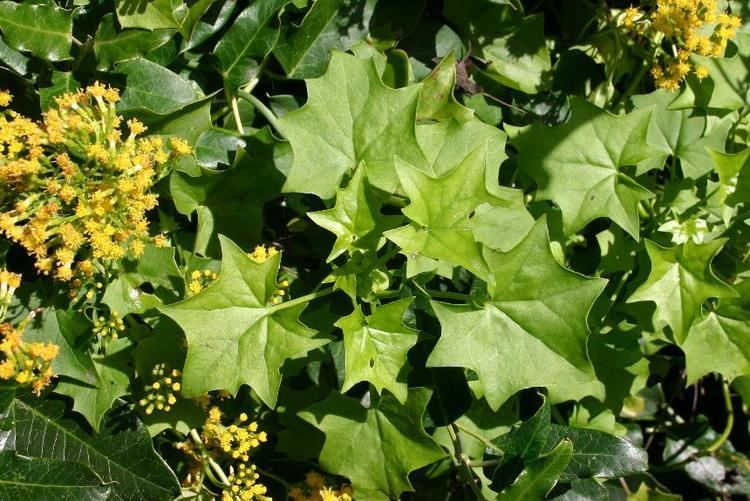 | ||
Similar Daisy family, Senecio angulatus, Senecio macroglossus, Arctotheca, Cladanthus | ||
Cape ivy delairea odorata german ivy plant senecio mikanioides
Delairea is a plant genus within the family Asteraceae. It is classified within tribe Senecioneae. It contains only one species, Delairea odorata, which was previously included in the genus Senecio as Senecio mikanioides, and is known as Cape ivy in some parts of the world and German ivy in others.
Contents
- Cape ivy delairea odorata german ivy plant senecio mikanioides
- Delairea garden plants
- Appearance and uses
- Growth
- Ecological impact and control methods
- References
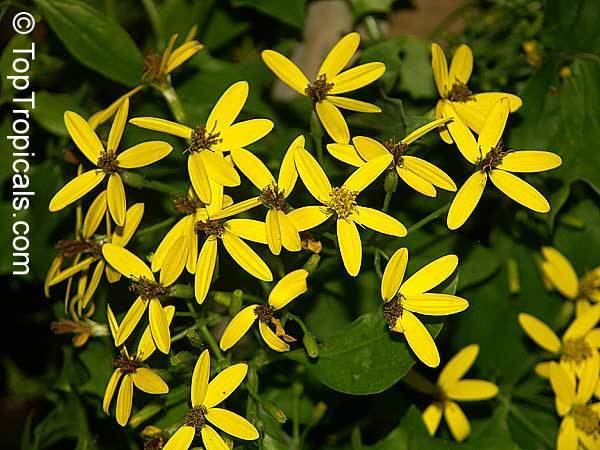
Delairea odorata is native to South Africa. The name Cape ivy is also used ambiguously for both Senecio angulatus and Senecio scandens, two different but related creepers. Both of these names have incorrectly been listed as synonyms over history, and these species have been confused regularly despite the visual differences.
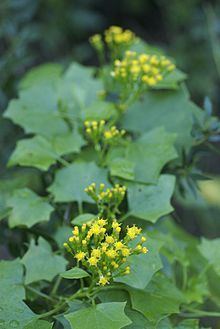
Delairea garden plants
Appearance and uses
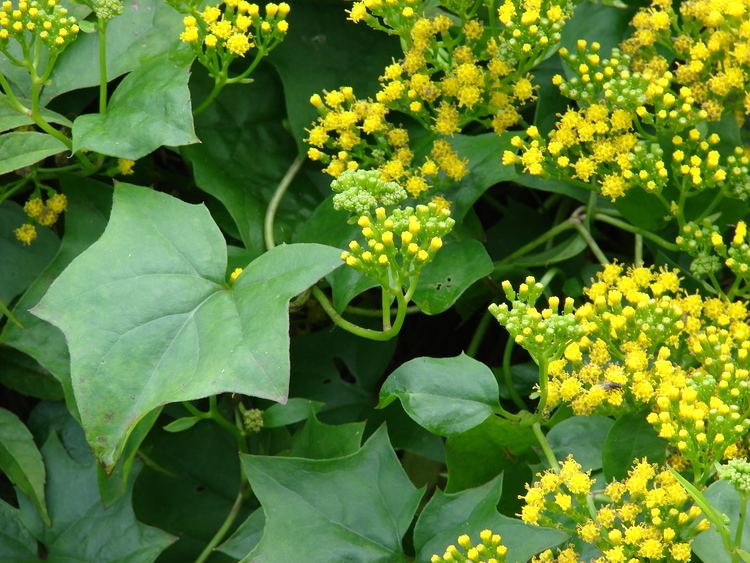
Delairea odorata has 2 to 4 -inch multi-lobed leaves that somewhat resemble those of the unrelated English ivy. Its flowers are yellow. A feature that distinguishes it from Senecio angulatus are the small appendages at the base of the stalks of the leaves that are shaped like an ear.
This plant is grown as an ornamental houseplant for its foliage.
Growth
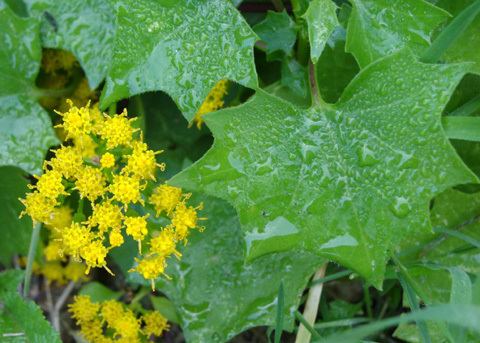
Delairea odorata is a vine that climbs up trees and will reach heights of five metres in suitable climates. Given time it will smother trees.
Ecological impact and control methods
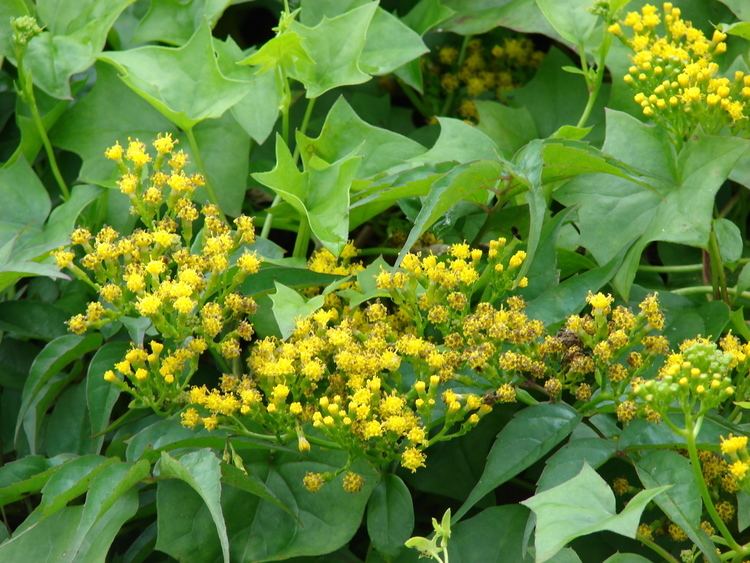
Delairea odorata has become an invasive species in California, Hawaii, Oregon, New Zealand and Australia. The plant will cover shrubs and trees, inhibiting growth and will also cover ground intensively over a wide area, thereby preventing seeds from germinating or growing. It is also toxic to animals who eat it and to fish where it trails into waterways.
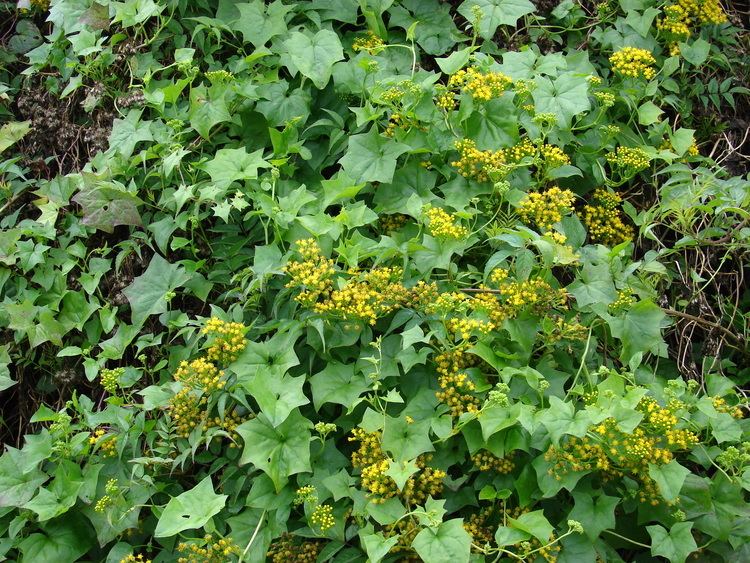
The creeper can be controlled or eliminated by a combination of physical and chemical methods. Unless the root system is removed or poisoned the plant will regrow. Young plants can be pulled out with their roots but older plants will break off leaving the roots in place.
In Hawaii an introduced species of moth (Galtara extensa) for the biological control of Senecio madagascariensis proved to feed also on Delairea odorata.
